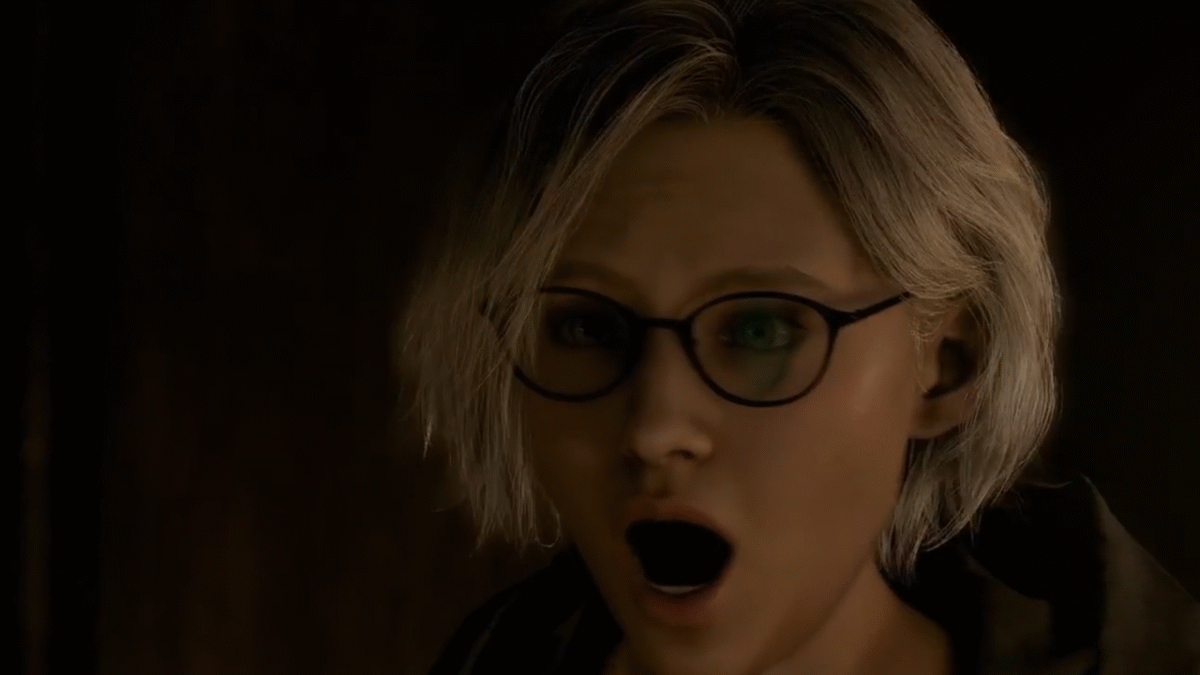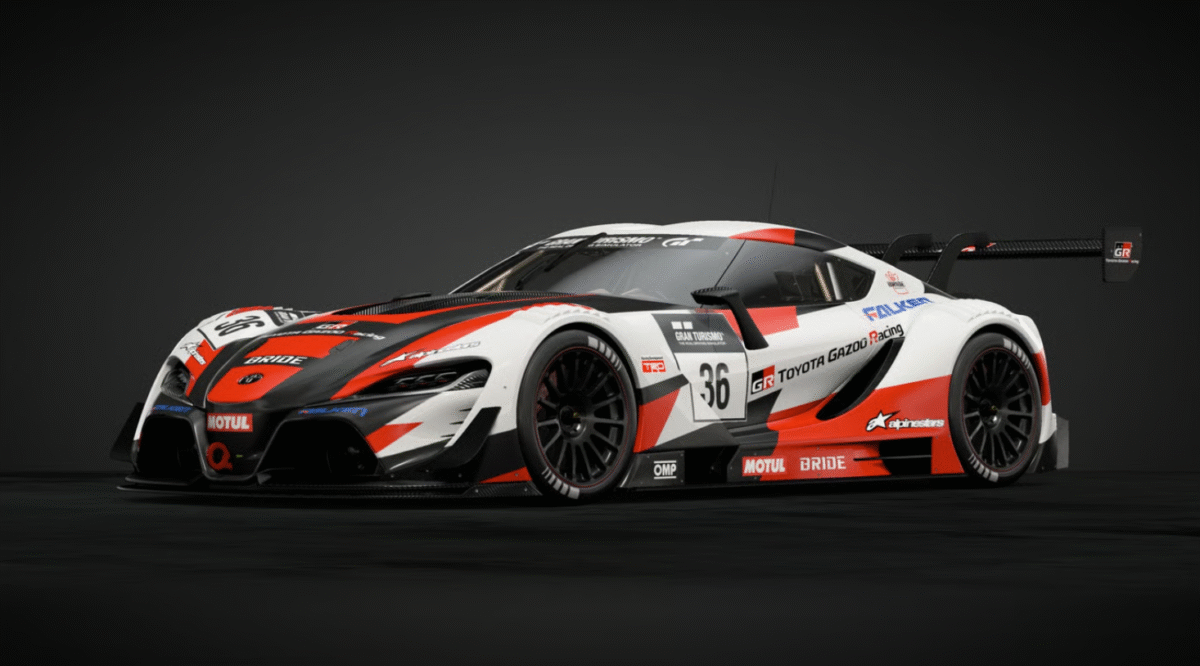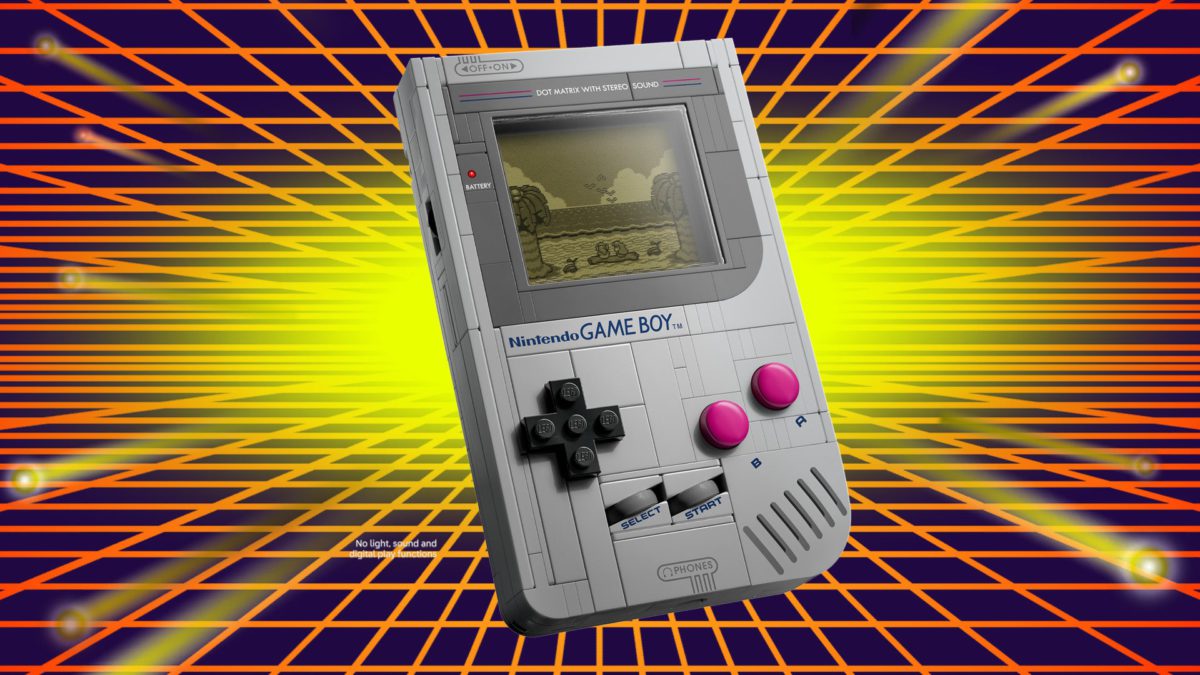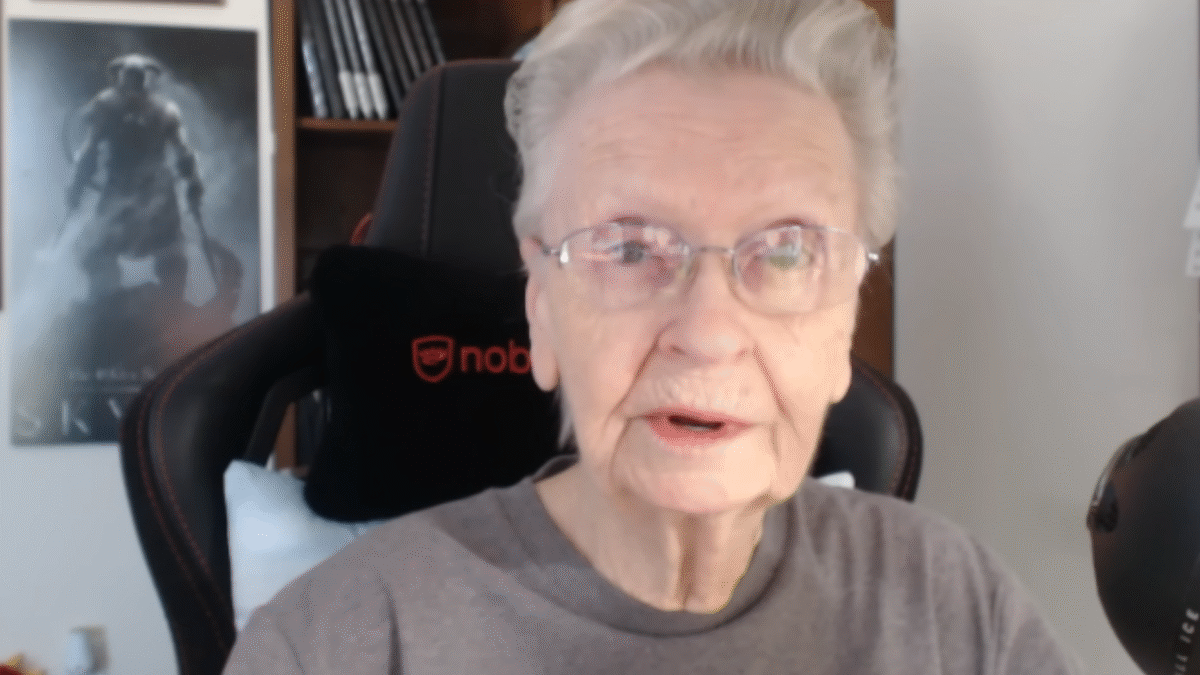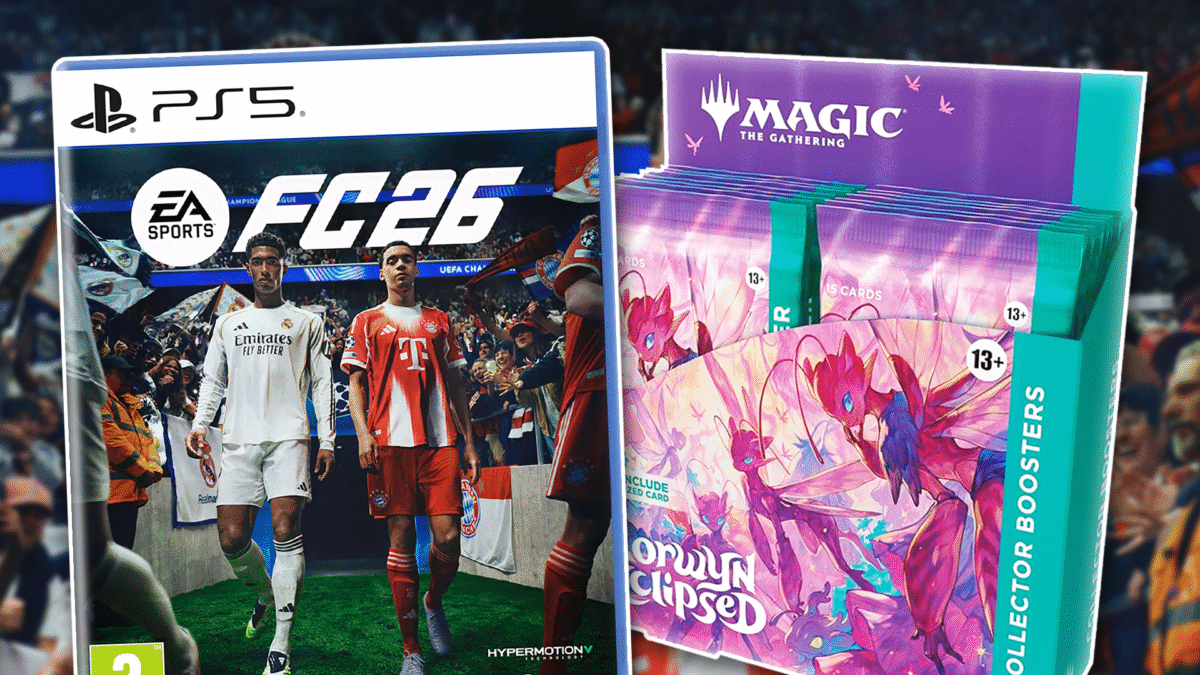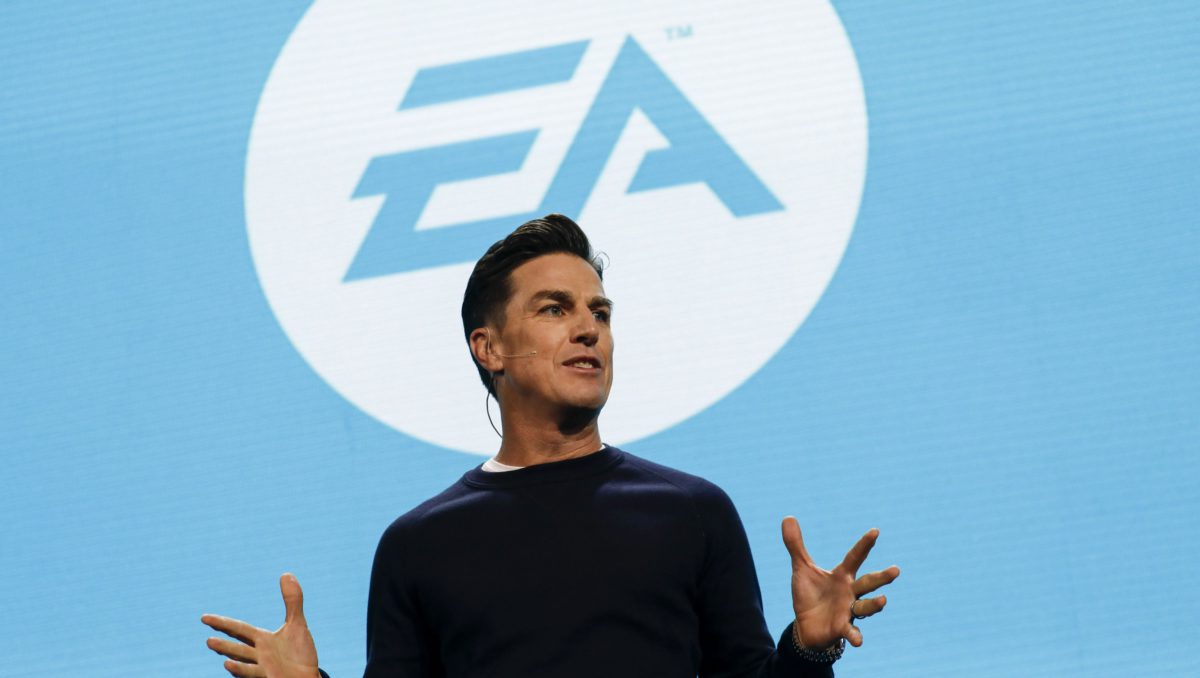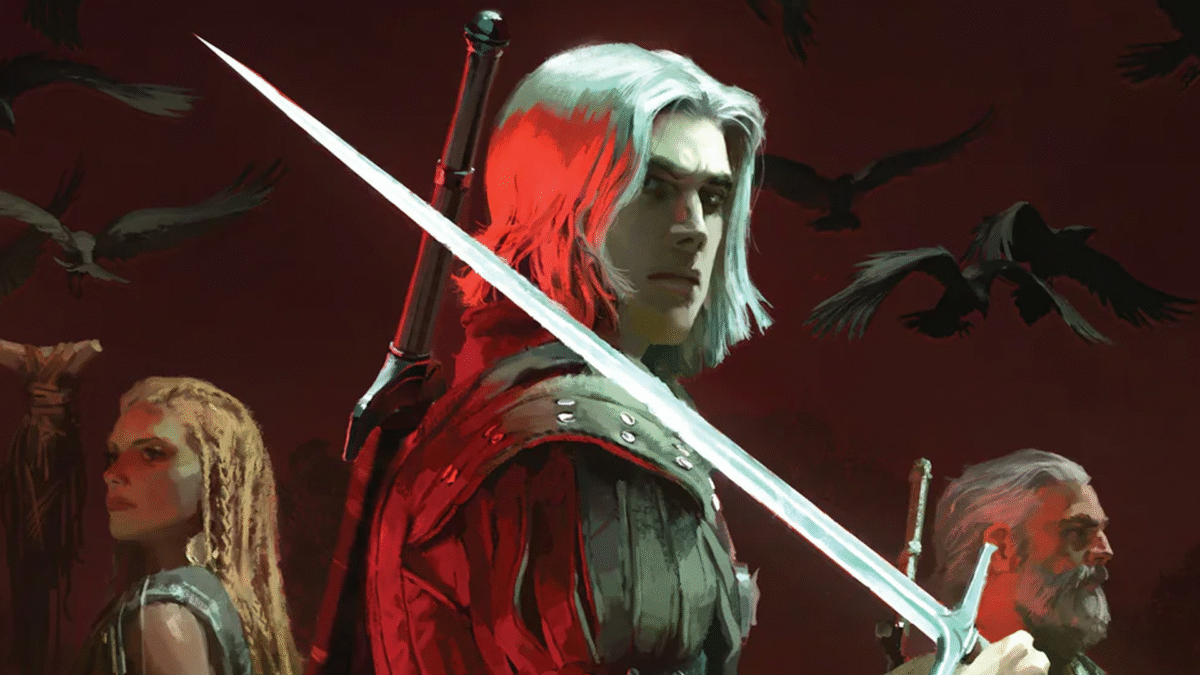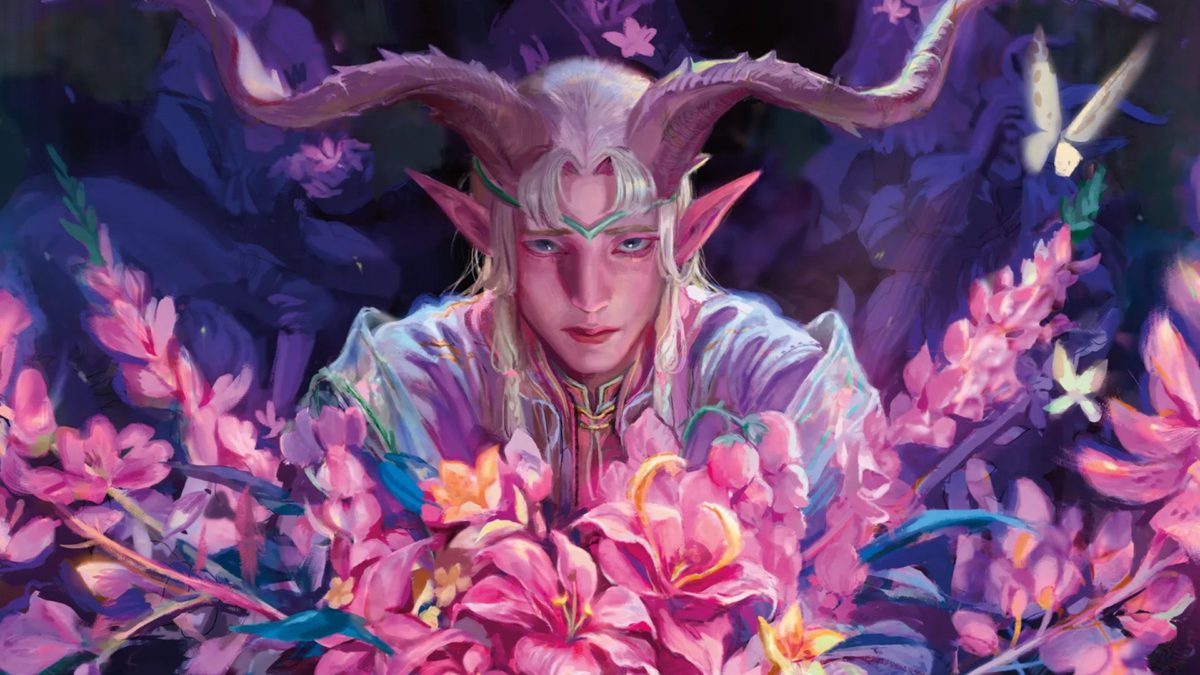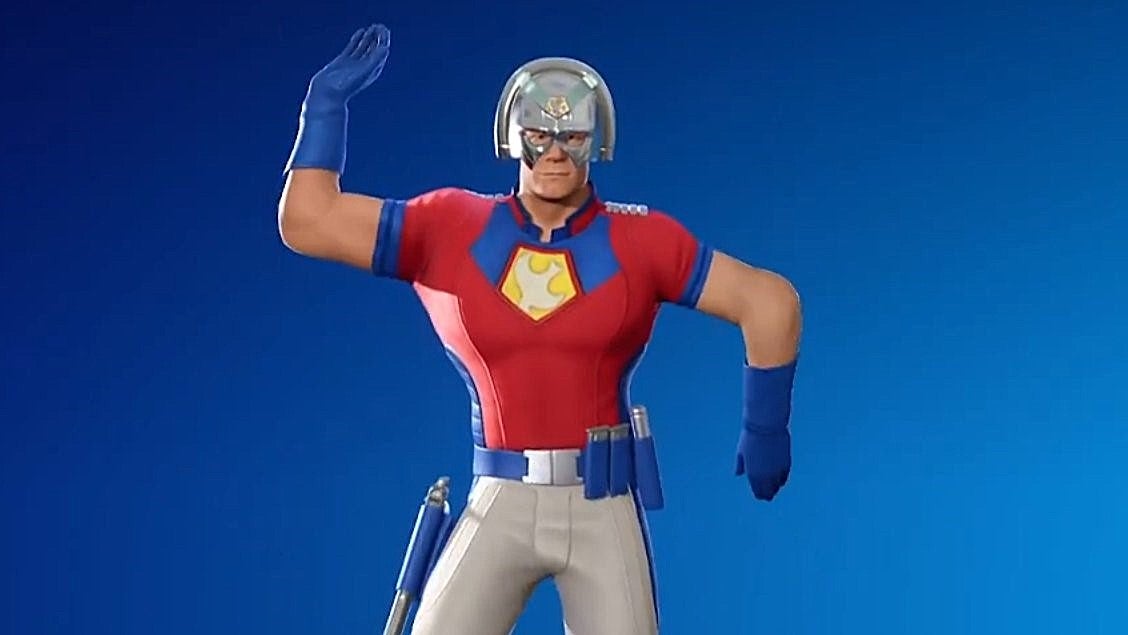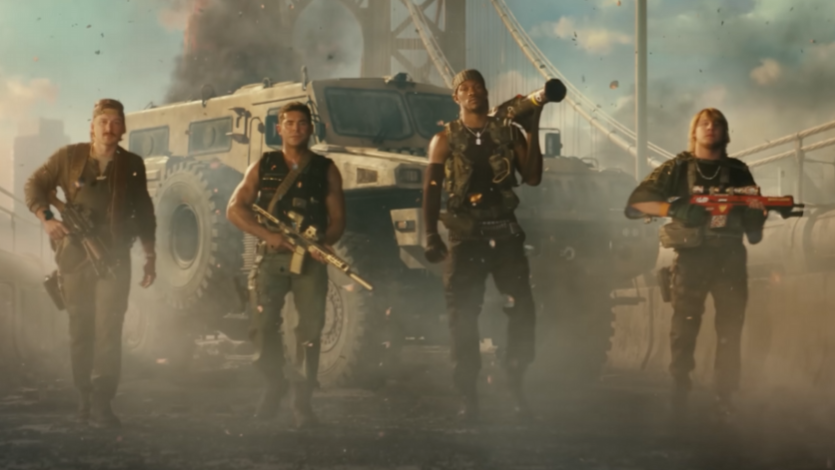
Resident Evil has been one of the video game industry’s quintessential, flagship horror games for years now, delivering everything over the years from unsettling, atmospheric haunting to outright jumpscares. But as its development team continues to search for new ways to freak people out, a few of its leaders are admitting that they’re not always 100% certain what elements of Resident Evil are actually scary anymore.
This comes from our interview with director Koshi Nakanishi and producer Masato Kumazama at Tokyo Game Show 2025. We started by talking about Resident Evil: Requiem’s new protagonist, Grace, and her differences from the more action-oriented Leon S. Kennedy. That led to a discussion of why the series was pulling back on the heavy action elements in Requiem, as Nakanishi explains:
I think you can broadly classify Resident Evil titles on a scale of how much they’re like Resident Evil 2 or Resident Evil 4. Resident Evil 7 was definitely on the 2 side of that, as it returned to survival horror roots and was very acclaimed for that. Resident Evil Village built on that and added in more action and gunplay and brought it toard the RE4 side of that particular scale. But if we kept going in that direction there’s almost an inflation effect, where you have to keep adding more and more action to outdo the previous title, and by doing that you ultimately end up where Resident Evil 5 and 6 went, and although they’re still great games, the general consensus is that they pushed Resident Evil so far in the action direction that it was no longer horror. I didn’t want to have to do that with Resident Evil’s ninth title where I just tried to outdo the action in Village and ended up making something I didn’t want to make. Firmly swinging the scale toward the Resident Evil 2 style was our intention, and it’s almost an upgrade of that Resident 2 style.
But that led to a follow-up question where I asked Nakanishi about the other side of the coin, of trying to outdo their own scares with each new title. Nakanishi noted that their goal isn’t necessarily to innovate horror, but there is a certain numbing effect that working on these games for so long has, where they really need to see audience reactions to know if what they’ve made is actually scary or not.
“We’ve made so many of these that we can’t tell anymore until someone else plays it,” Nakanishi says. “There was actually a bit of a worry internally before we showed the [Resident Evil: Requiem] hands-off at SGF and the first hands-on at Gamescom, was this actually scary? Because we don’t even know anymore. This is our bread and better, what we make every day.”
I ended up asking Nakanishi if there was anything they had cut from the game for being too scary. He couldn’t recall anything specific that was actually removed from the game after it had been added, but he did remember one anecdote that might make fans of Ethan Winters chuckle:
“We didn’t really implement it, so it wasn’t cut, but- we don’t know if something’s scary. So we say, we’ll do this, we’ll do that, we keep adding on stuff, and at one point we were like, what if [Grace] gets a big gash in her leg, or her leg gets cut off, because that thing attacks her, and oh my god it’s so scary, but we talked ourselves down a little bit.”
So at least we know Grace probably isn’t going to have the same issues Ethan did with hands. Probably.
We previewed Resident Evil: Requiem just last month, and you can read our impressions of what we’ve seen so far right here. You can also check out the rest of my discussion with Nakanishi and Kumazawa, including how Reqiuem came to the Nintendo Switch 2 and what’s going on with Leon Kennedy. We’ve also previously spoken to the pair on a number of other topics, such as Raccoon City’s return and the game’s new monster design.
Rebekah Valentine is a senior reporter for IGN. You can find her posting on BlueSky @duckvalentine.bsky.social. Got a story tip? Send it to rvalentine@ign.com.

